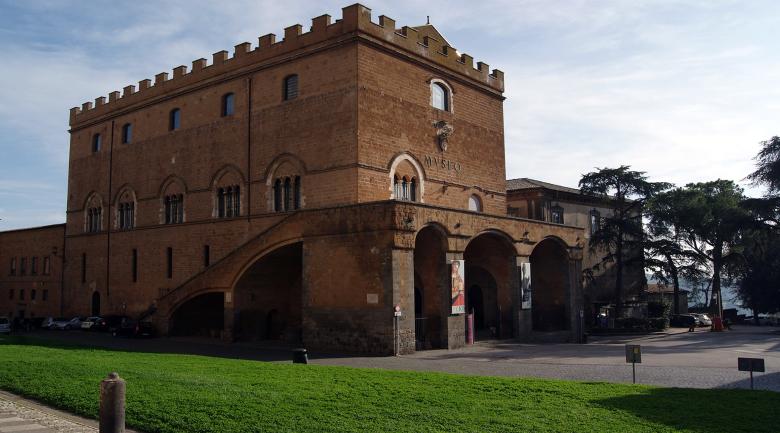The technique comprises various phases that can be done by more than one person, each one specialised in a particular phase. The main tools are a crochet hook and very thin thread. A design is drawn on paper and then traced onto a densely woven fabric. The ornament is made based on the design and sewn onto the cloth. At the end, the base unites all the pieces: the design and the central part made up of rounds, with a netting that can be of a different shape and picots that refine the work. A detail worthy of note is the special ironing technique with starch, done with unusually shaped heated irons with rounded points which create the bas-relief effect of the design that so distinguishes Orvieto crochet lace.
Passion for this tradition remains very much alive today and the ancient art of lace making has now been enriched with new and original shapes. Experts base their work on ancient designs and have created an entirely individual style where traditional knowhow results in new creations with materials that are seemingly far from traditional. Leather, knitwear and uncommon fabrics have become rightful members of this remarkable world of fashion and home décor, serving as decorations on shoes, wedding dresses, lamp shades, chairs and other items created for a clientele that is both refined and discerning, clients who appreciate the inestimable value of handcrafted beauty.


























